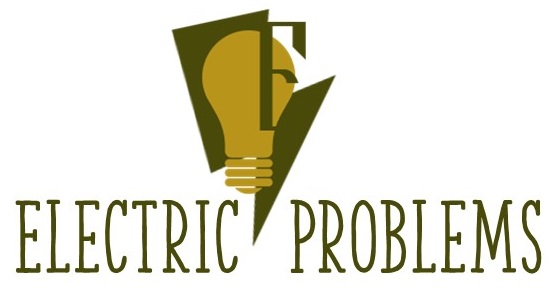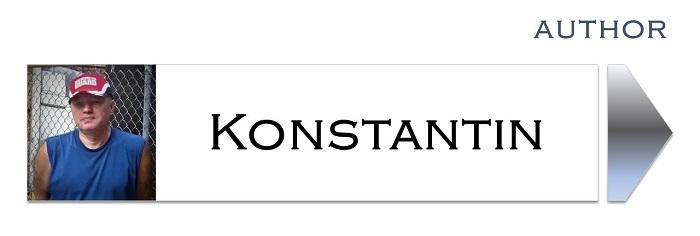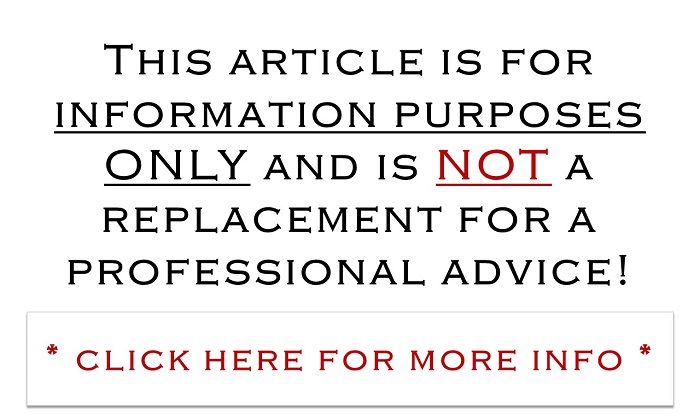![]()
How to Use Inverter in Motorhome? [Sine & Modified]
DISCLAIMER: AS AN AMAZON ASSOCIATE I EARN FROM QUALIFYING PURCHASES. THIS POST CONTAINS AFFILIATE LINKS THAT WILL REWARD ME MONETARILY OR OTHERWISE WHEN YOU USE THEM TO MAKE QUALIFYING PURCHASES. FOR MORE INFORMATION, PLEASE READ MY EARNINGS DISCLAIMER.
How do you use an inverter in your motorhome? If it’s already installed all you have to do is use your outlets in a regular manner as you would when you are using shore power at the campsite. If it’s not installed, you will need to have it professionally installed before you can use your 120-volt devices off the battery.
When it comes to an electrical power supply, it should be available to us anywhere we go! With more jobs out there being remote, many motorhome owners can now fulfill their dream of working from the most beautiful locations around the country and living life to the fullest!
The inverter is an electric device that will take power from your batteries or solar grid (Direct Current or DC) and turn it into Alternating Current (AC). This power gets connected to the outlets inside your RV and now you will be able to use all kinds of appliances!
These include (but are not limited to):
- Refrigerator
- Microwave
- Vacuum cleaner
- Blender
- Toaster
- TV
- Hairdryer
And many more!
There are different ways to install and wire RV inverter and they could be as simple as placing them on the countertop. The level of complexity generally depends on the type of inverter that you are wiring and what kind of switches you would like to use.
Here is a good, informative video on 3000w inverter wiring:
![]()
The video below will show you RV inverter converter wiring for 30-amp and 50-amp services (with diagrams):
https://www.youtube.com/watch?v=7xKOyRyxdNk&t=214s
![]()
** Warning! Do NOT attempt to install an inverter yourself, unless you have the qualifications and experience to do so.
Here is an infographic pin with more information that you can save for your reference .
Types of inverters
There are two most popular types of inverters available on the market right now:
- Pure sine wave inverter. This type of inverter is generally more expensive and is mainly used to power more sensitive electronic equipment like computers, cameras, phones, etc. It produces a pure sine wave, like in the picture below:
- Modified sine wave inverter. This is the most popular type of inverter due to its reasonable pricing. The pros will tell you that this is NOT a sine wave at all, but a modified square wave inverter! Regardless of that, it works and people use it to power successfully their equipment.
Although, not all electronics or electrical equipment will be able to run on a “modified sine wave” and should be tested out. Following devices may or may NOT work on modified sine wave inverter:
- Anything that uses a motor (for example a refrigerator, microwave, compressor).
- Anything that uses transistors (for example computers, game consoles, laser printers, cameras).
- Devices that use silicon-controlled rectifiers (for example power or motor controls, lamp dimming).
For some devices, it’s better NOT to even try using “modified sine wave” technology and they include (but not limited to):
- Delicate medical equipment
- Delicate electronics
- Anything that you want the best power supply for
“Modified sine wave” is generally good enough for most of your commonly-used electric devices, but if you want to go for a top-quality inverter, you should consider a “pure sine wave”. Sometimes RVers use both types of inverters in their RV (one for electronics, one for appliances).
If you have 50 amp service in your RV, it can supply you with a total of 12,000 watts and 30 amp service with 3,600 watts. You definitely don’t want to go over these numbers, otherwise, your breakers will be constantly triggered.
This means if you are planning to use 2,000 watts worth of equipment at the same time on 30 amp service, then you add 20% to that number and get an inverter with a rating close to that:
2,000w + 20% = 2,400w (or 3,000w inverter)
Here is a very interesting setup that can work for either 50-amp or 30-amp service:
![]()
Having an inverter in your RV or motorhome is a worthwhile investment if you ever want (or need) to be comfortable away from the shore power. Whether you like boondocking or need peace and quiet while doing remote work for your employer, inverters (or inverter chargers) will give you the freedom to power your electrical devices anywhere you go.
A full inverter set up can be as low as $100 and go as high as $2000, depending on your needs (and finances, of course). If all you want to do is run your entertainment system (TV, surround sound, etc.) or charge your laptops, cameras, toothbrushes, then a 600-watt pure sine wave inverter may be sufficient.
Don’t forget, sensitive electronics like computers will appreciate a sine wave technology. For the rest of the things like toasters, coffeemakers, blenders, microwaves, vacuum cleaners you will need a bigger system and can get away with a modified sine-wave.
In order to size them properly, you will need to calculate how much wattage they use + 20%. Go for the maximum size that you will use at exactly the same time (for example, refrigerator and microwave) and the rest you will turn ON after something gets turned OFF.
If you have even bigger power needs (like air conditioning), it may be better to use it off the generator. Of course, there are inverters that will accommodate that, but don’t forget that you need enough battery power as well.

Click on the white button above to find your electrician!






